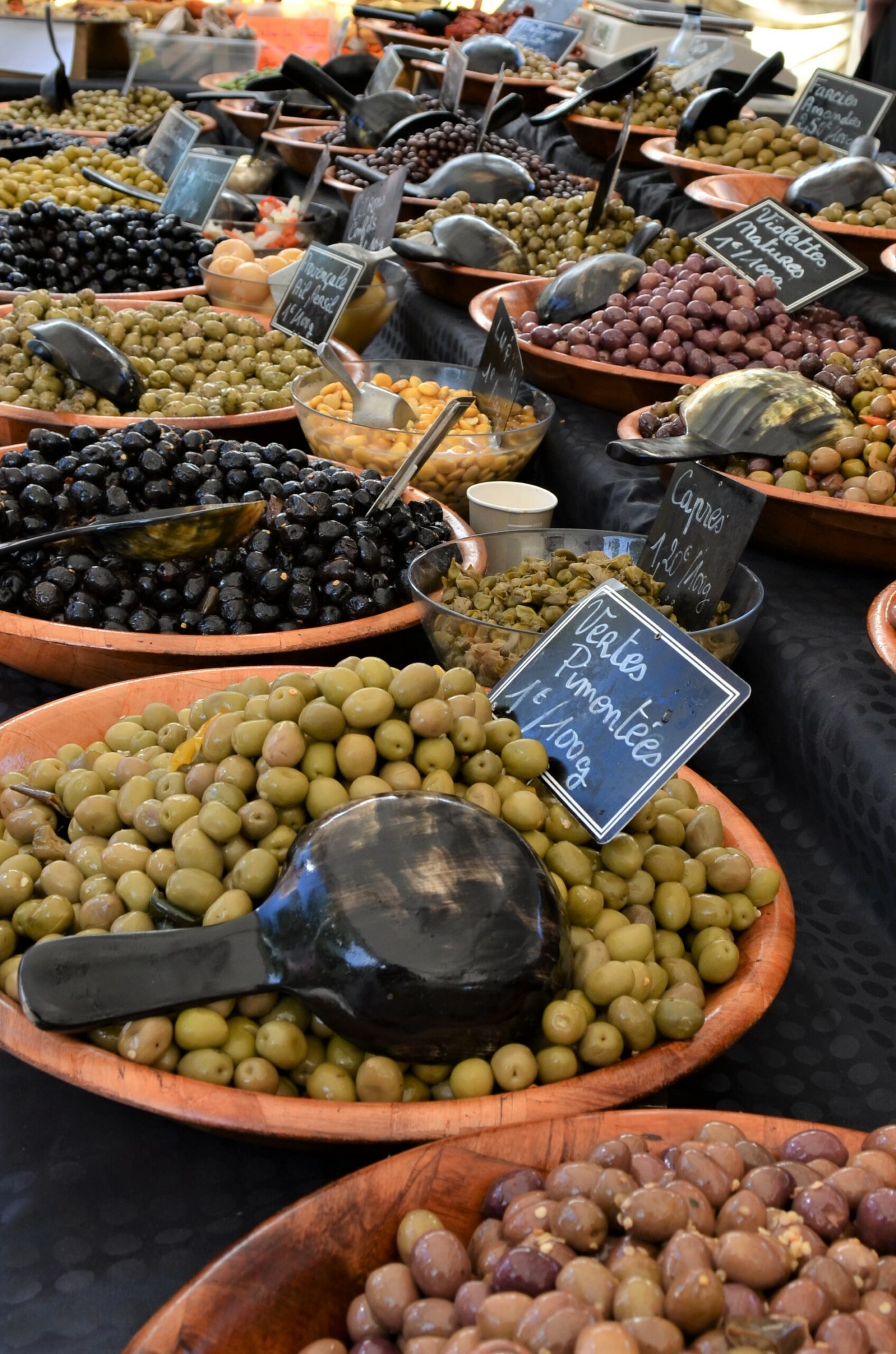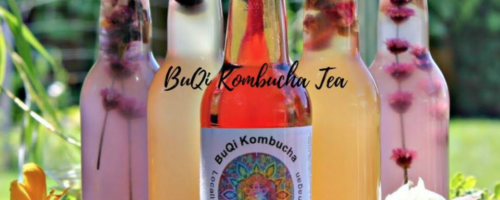
200 St Paul St, Kamloops, BC, Canada
Description of Business
BuQi Kombucha Tea is a local Kamloops kombucha business that was started in 2016. Shelley Faubrey, the founder of BuQi Kombucha Tea graduated from the Canadian School of Natural Nutrition and has a passion for creating a holistic lifestyle. Shelley is an advocate for supporting local farmers, therefore, all the ingredients used in her products are fresh and grown in the Kamloops region. Some describe BuQi’s Kombucha Tea as “light, slightly effervescent and tantalizingly aromatic!”. This is fitting for some of the great flavours that she offers at the local Kamloops farmers market. These flavours include, lavender lemonade, apple crumble and raspberry mojito. For more information on BuQi Kombucha, please see the platforms provided below.
Email: BuQiTea@hotmail.com
Facebook: @Buqikombuchatea
History of Kombucha
Kombucha is a popular beverage that is most often prepared by the fermentation of sugared tea. It originated in Northeast China around 200 B.C. and was originally consumed for the purpose of healing. In fact, it was often referred to as “The Remedy for Immortality”. The name Kombucha, is reported to be derived from Dr. Kombu, a Korean physician who brought the fermented tea to Japan as a curative measure for Emperor Inkyo. The translation for this name is kombu, in honour of the Korean doctor and cha, which means tea. Following the healing of Emperor Inkyo, kombucha began to gain popularity and eventually international attention. As of today, kombucha sales are booming for their creative flavours, low sugar content and suggested health benefits.
Fermentation Processes/Microorganisms Involved
There are two fermentation processes that take place during the production of a kombucha beverage. To begin, a symbiotic culture of bacteria and yeast (SCOBY) is added to a jar of room temperature tea and topped off with water. The jar is then covered with a towel and placed in a dark room for 7-10 days for the primary fermentation process to occur. Next, the SCOBY is removed and previously made kombucha is added to the mixture along with some chopped fruit of choice. The jar is then ready for its second fermentation process after it is covered with a towel and placed in a dark space for an additional 3-4 days. The microorganisms used in the production of kombucha are acetic acid bacteria and osmophilic yeast. Most often these microorganisms perform optimally at room temperature out of direct sunlight which is why the steps explained previously are necessary for a successful fermentation.
Health Benefits
Like anything, kombucha should be used in moderation. As per online recommendations, 2 x 8 ounce servings of kombucha are often suitable for regular consumers. As well, there are not many definitive findings on the health benefits of kombucha that are supported by literature. However, there are a few benefits that are generally agreed upon. These are:
- Promote digestive health
- High in antioxidants
- Rich in beneficial probiotics
- Improve overall gut health
- Can be an alternative to fizzy drinks and sugar filled soda
Interesting Facts
- Kombucha culture is able to produce a textile called microbial cellulose that can be turned into clothing. The texture resembles well-worn leather that can be used to create jackets, shirts and even shoes.
- Kombucha is one of the fastest growing beverages on the market. Kombucha sales have grown over 30% annually. Starting in 2014, kombucha annual profits were estimated around $1 million whereas in 2019, they reached over $1.8 billion!
Misconceptions
- A common misconception with Kombucha is that it contains a high level of alcohol. This is false. Kombucha actually contains less than 0.5% alcohol and is thus considered non alcoholic. The small percent of alcohol present in kombucha is due to the fermentation process. This is because kombucha is essentially fermented tea, which requires a small amount of sugar that is broken down by yeast into alcohol. This alcohol is then used by bacteria to produce organic acids sometimes leaving trace amounts of ethanol in the process.
- A second misconception is that kombucha is a “cure-all” beverage. This is false. Kombucha has not been scientifically proven to “cure” anything, however, it has been shown to help recover your body’s natural healing ability. Kombucha contains healthy bacteria, yeast and vitamin B that can provide some nutrition to help your body heal itself! If anything, kombucha is a yummy and healthy beverage choice that is another great fermented product!
References
Bradley K. Top 5 myths about kombucha. Remedy Drinks. 2021 [accessed 2021 Dec 2].
https://www.remedydrinks.com/ca/blog/top-5-myths-about-kombucha
Dufresne C, Farnworth E. Tea, Kombucha, and health: a review. Food Research International.
2000;33(6):409-421.
Kombucha: Myths and Facts. Safety Services. 2021 [accessed 2021 Dec 2].
Sreeramulu G, Zhu Y, Knol W. Kombucha Fermentation and Its Antimicrobial Activity. Journal
of Agricultural and Food Chemistry. 2000;48(6):2589-2594.
The Cloudy Origins of Kombucha. Smithsonian Center for Folklife and Cultural Heritage. 2021
[accessed 2021 Dec 2]. https://folklife.si.edu/magazine/cloudy-origins-of-kombucha

